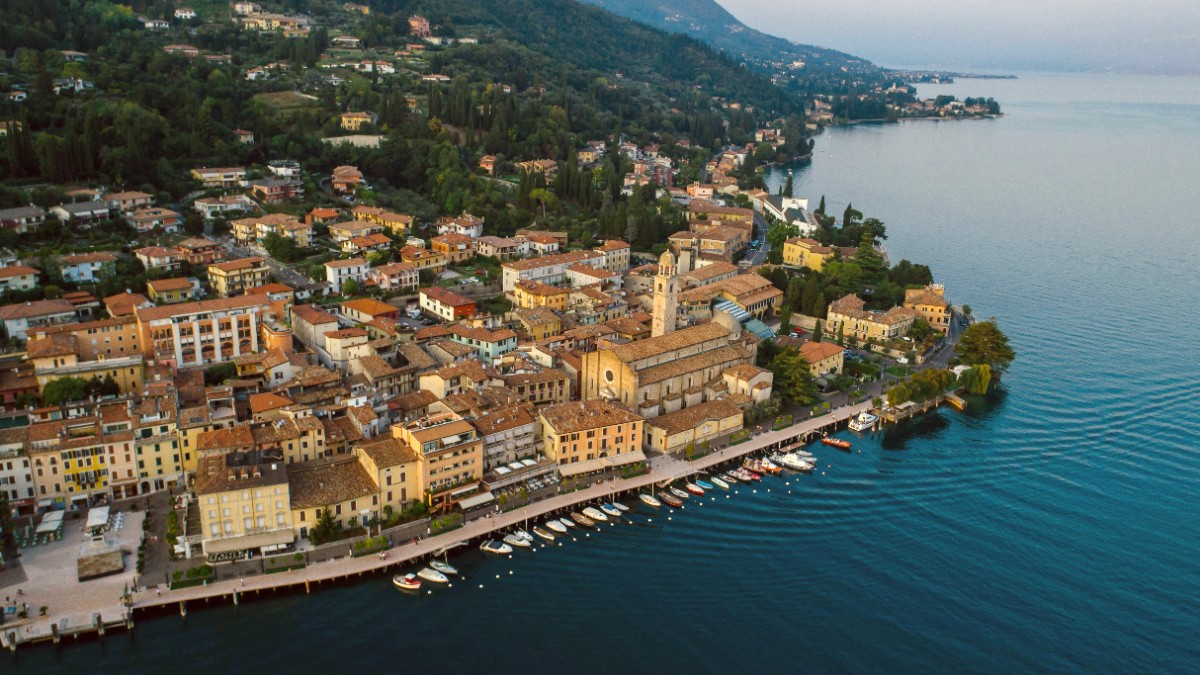
Lombardy And The Lakes, Italy
Brescia's rich history is tangible in its historical sites. The city's landscape blends Roman, Medieval, and Renaissance layers.
Each landmark presents a unique window into the city's evolution, from ancient Brixia to its modern form. Consider using GetYourGuide for convenient ticket booking for major attractions.
These museums offer deep insights into Brescia's rich artistic and historical legacy.
Large regional park immediately surrounding Brescia. A green lung with vineyards, olive groves, woods. Offers marked hiking and cycling trails with scenic views.
Highest peak directly overlooking Brescia (874 meters). Reachable by road, bus, or scenic cable car. Offers walking paths, mountain biking, panoramic viewpoints.
Italy's largest lake, easily accessible. Diverse landscapes, from rugged northern shore (windsurfing) to gentler southern shore (Sirmione, Desenzano).
Smaller, less crowded, often considered more authentic than Garda. Features Monte Isola, Europe's largest lake island, ideal for cycling and walking.
While not directly in Brescia city, these natural beauties are easily accessible by short train or bus rides and are highly worth a visit.
Venture off the main tourist path to discover Brescia's lesser-known treasures.
A charming area around the Church of San Faustino in Riposo and the historic San Faustino Gate. A lively neighborhood, popular with locals in the evenings. The church is a beautiful example of Baroque architecture.
This pedestrianized street passes directly through the Roman Forum, connecting historical sites. An open-air museum, walk through layers of history. Less crowded than main squares.
Near the Duomo Nuovo. A significant collection of sacred art: paintings, sculptures, illuminated manuscripts, liturgical objects from Brescia's ecclesiastical heritage. A quiet escape to see religious art.
Two beautiful churches often overlooked. San Clemente is known for its Renaissance art, especially by Moretto da Brescia. Santa Maria dei Miracoli is a small, richly decorated Renaissance church.
An urban park built on former quarries. It has green space, walking paths, and small lakes within the city. A good spot for a leisurely walk or a picnic close to the city center.
Wander through the narrow side streets of the historic center. You will discover hidden courtyards, frescoes, and small artisan workshops not listed in guidebooks, offering a sense of local life.
These less-frequented spots offer unique perspectives and a quieter experience of Brescia's charm and history.
Many of these hidden gems are cherished by locals, offering a more authentic feel away from typical tourist crowds.
Embrace a sense of exploration.
Brescia's compact historic center lends itself to walking. Many hidden gems are within easy reach of main attractions, often just a short detour away.
Brescia serves as an ideal base for exploring the wider Lombardy region and its stunning lakes.
Easily reachable by train or bus. Visit Sirmione with its Scaliger Castle, Desenzano with its lively promenade, or Limone sul Garda for citrus groves.
A quieter lake experience. Take a ferry to Monte Isola, Europe's largest lake island, for car-free cycling and charming villages.
Explore vineyards and wineries. Enjoy tours and tastings of the renowned Franciacorta sparkling wine. Many agriturismi offer farm-to-table dining.
A short train ride away. Explore Juliet's House, the Roman Arena, and its charming historic center.
Find Verona toursVisit the stunning Città Alta (Upper Town) with its medieval walls and panoramic views. Reachable by train.
Explore Bergamo experiencesItaly's fashion and finance capital. Duomo, Galleria Vittorio Emanuele II, and world-class shopping. Frequent train connections.
Discover Milan attractionsA UNESCO World Heritage site with stunning Renaissance architecture and art. Home of the Gonzaga family. Easily accessible by train.
View Mantua activitiesRenowned for its violin-making tradition, featuring the Violin Museum and a magnificent Duomo. A short train ride.
Find Cremona toursTrains provide efficient connections to many nearby cities and towns. For lake excursions, a combination of train and ferry or bus is common.
Consider booking guided tours for specific attractions or full-day excursions, especially if you prefer not to manage logistics.
To fully appreciate Brescia's historical depth, purchase the Brescia Musei Card.
It grants access to the Santa Giulia Museum, the Roman Capitolium, and the Pinacoteca Tosio Martinengo, saving you money and time. This card is valid for 72 hours from first activation.
A well-planned itinerary ensures you make the most of your time in Brescia and its surroundings.
The ideal duration for your visit depends on your interests. Brescia itself can be explored in a concentrated amount of time, but its regional attractions encourage longer stays.
For day trips to the lakes or Franciacorta, factor in additional days. Public transport or a rental car will enhance regional access.
Focus on Brescia's ancient roots and artistic legacy. Ideal for those who love museums, archaeology, and architecture.
Consider a guided walking tour of the historic center for insights into its layered history.
Savor Brescian cuisine and explore the renowned Franciacorta wine region. Perfect for gourmands and wine lovers.
Dine at traditional trattorias and osterie in Brescia for authentic local dishes like Spiedo Bresciano.
Discover the natural beauty surrounding Brescia. Ideal for active travelers who appreciate lakes, hills, and outdoor pursuits.
Consider water sports on Lake Garda or a leisurely stroll on car-free Monte Isola.
Pleasant weather for sightseeing and outdoor activities. Less crowded than summer.
Warmest months, popular for lakes. City can be hot. Peak tourist season, so expect crowds and higher prices. Many outdoor events and festivals.
Ideal for food and wine enthusiasts (harvest season in Franciacorta). Pleasant temperatures. Fewer crowds than summer. Good for hiking and cultural visits.